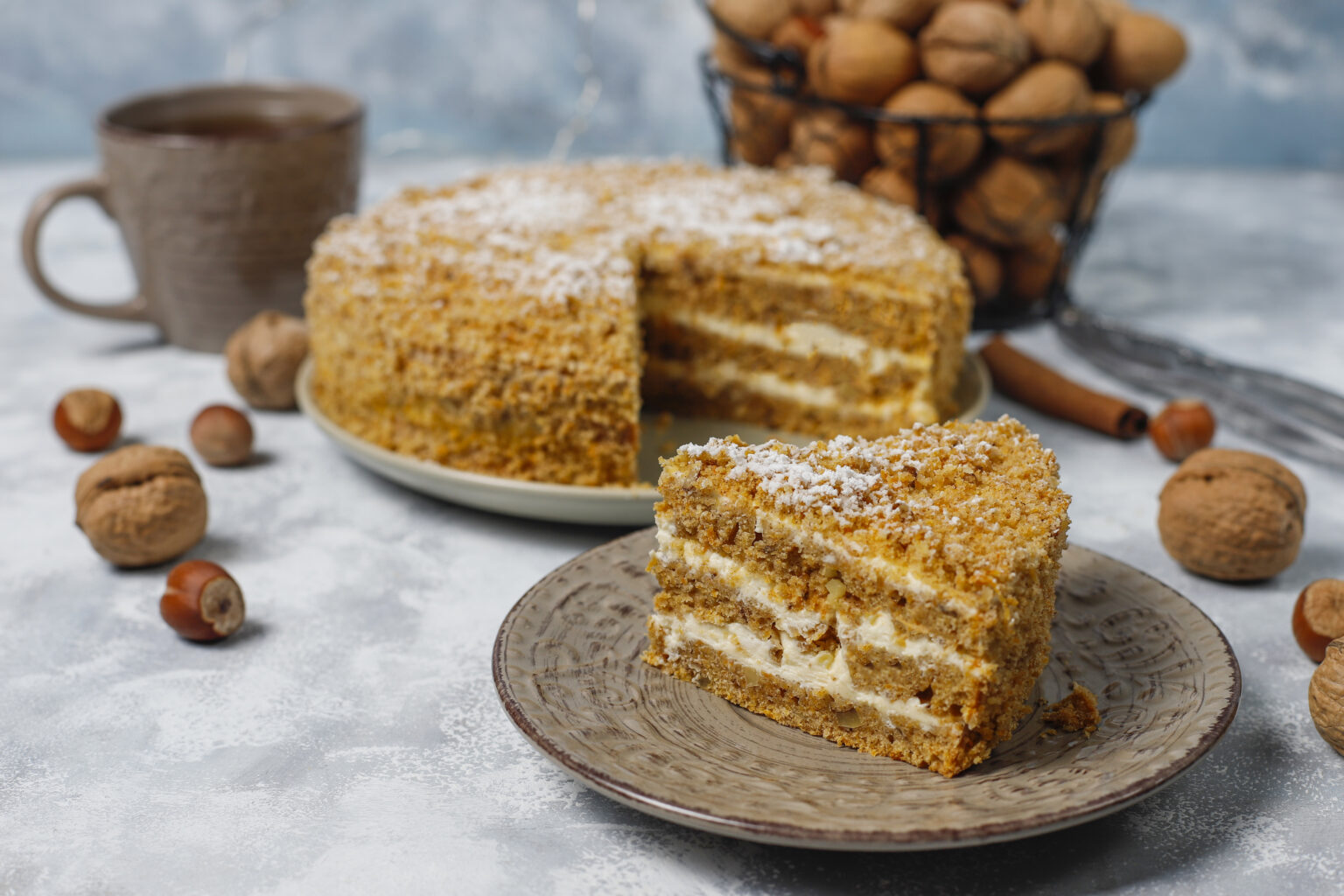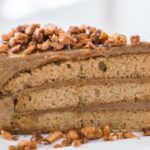Almond cake is a delightful and flavorful dessert that showcases the delicate and nutty taste of almonds. If you want to create a moist and delicious almond cake that will impress your taste buds, here are some helpful tips to guide you:
- Choose High-Quality Almonds: Start with fresh and high-quality almonds for the best flavor. Whether you use almond flour or ground almonds, make sure they are fresh and not rancid. Opt for blanched almonds if you want a lighter color for your cake.
- Incorporate Almond Extract: Almond extract is a key ingredient in enhancing the almond flavor in the cake. Use a high-quality almond extract for the best results. Start with a small amount and gradually increase the quantity to your desired taste preference.
- Use a Combination of Flours: Almond cake is often made with a combination of almond flour and all-purpose flour. This helps maintain the almond flavor while providing structure to the cake. The ratio of almond flour to all-purpose flour will depend on the recipe you are using.
- Cream Butter and Sugar: Creaming the butter and sugar together until light and fluffy is essential for a tender and moist almond cake. Use a stand mixer or an electric hand mixer to achieve the right consistency. Cream the butter and sugar for a few minutes until the mixture is pale in color.
- Incorporate Dry and Wet Ingredients: Alternate adding the dry ingredients (almond flour, all-purpose flour, baking powder, and salt) and the wet ingredients (milk, almond extract) to the creamed butter and sugar mixture. Start and end with the dry ingredients, incorporating them in batches. Mix just until the ingredients are combined to avoid overmixing.
- Fold in Ground Almonds: For an extra boost of almond flavor and texture, fold in a small amount of finely ground almonds into the cake batter. This adds a delightful crunch and enhances the overall almond experience.
- Add Moisture with Buttermilk or Sour Cream: To achieve a moist and tender almond cake, incorporate buttermilk or sour cream into the batter. These ingredients add richness and moisture, making the cake softer and more flavorful. If you don’t have buttermilk, you can make a substitute by adding a tablespoon of lemon juice or white vinegar to regular milk and letting it sit for a few minutes.
- Bake at the Right Temperature: Follow the recommended baking temperature in the recipe. Generally, almond cakes are baked at around 350°F (175°C). Check for doneness by inserting a toothpick or cake tester into the center—it should come out clean or with a few moist crumbs attached. Overbaking can result in a dry cake, so keep a close eye on it.
- Cool and Frost (Optional): Almond cakes can be enjoyed as is, showcasing their natural flavor, or enhanced with a layer of frosting. A classic choice is a simple almond-flavored buttercream or cream cheese frosting. Let the cake cool completely before frosting to ensure the frosting sets properly.
- Garnish with Sliced Almonds: For a beautiful finishing touch, garnish the frosted cake with sliced almonds. Arrange them on top of the cake or around the edges for a decorative and delicious touch.
- Slice and Serve: Once the cake is fully cooled and decorated, slice it into generous portions and enjoy the delightful flavors of almond. Almond cake pairs well with a cup of tea or coffee and is perfect for special occasions or as an everyday indulgence.
By following these tips, you’ll be able to create a delicious almond cake with a delightful nutty flavor and a tender crumb. Enjoy the process of baking and savor each bite of your homemade almond cake.








